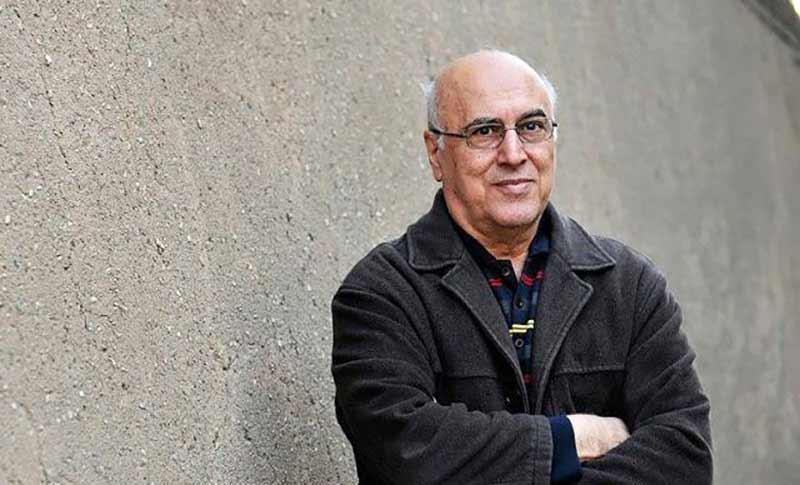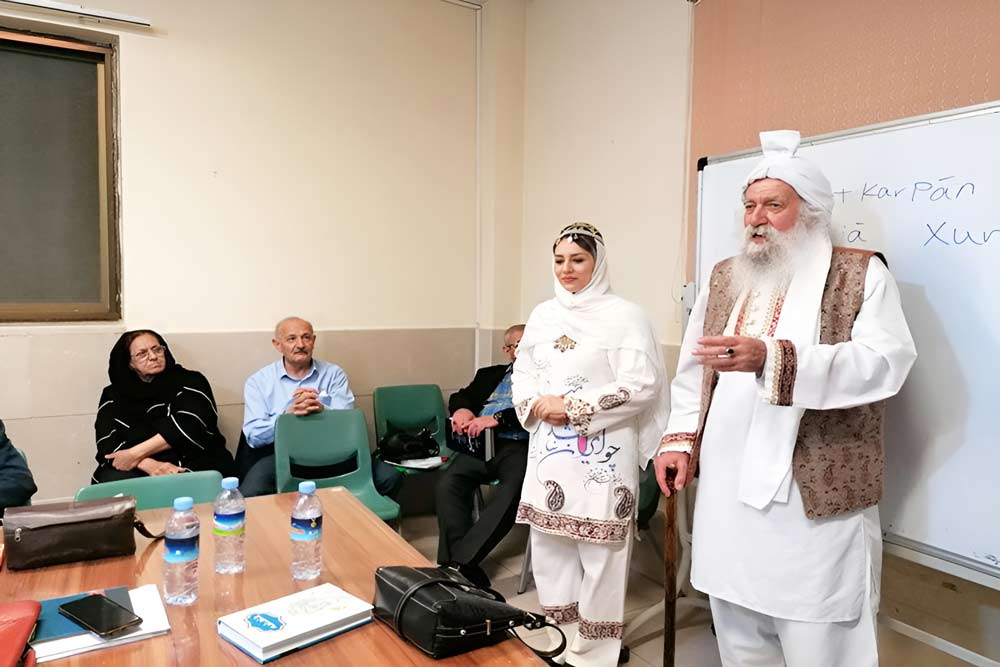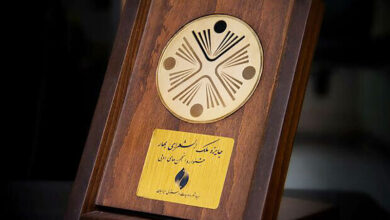The difference between great artists in Corona

“The difference between good writers and good artists and low-level artists is that they reflect historical events,” says Mishiat Alaei, who believes that important and great writers and artists must go to Corona despite its losses and inhumane aspects.
In an interview with ISNA, the literary critic and translator said about the state of preservation of oral history and documentary heritage, especially in the time of Corona, and its impact on literature, as well as its impact: Have reflected the event in it. Of course, I say this in the field of literature, although detailed research on this subject may have been done, but I have not seen its reflection in literary and artistic form in Iran.
Emphasizing the reflection of Corona in art, he said: “What happens, whether in the form of written history or oral history, if it is approached from important and serious dimensions, important and serious writers will surely go to it.” The difference between good writers and artists and low-level artists is that they reflect historical events. The history of art, and especially the history of literature, has shown that it reflects such events. This event is also very terrible and the arts will definitely go to it somehow. I have no doubt about this, but perhaps because of the critical and inflammatory nature of the event so far, the artists have not yet approached it, or perhaps they are waiting for an opportunity to open up and then go to it more calmly.
Mishiat Alaei then referred to some important events in history and spoke about the importance of preserving the documentary heritage of such an era: “Given the dimensions of this horrific and terrifying event, which is extremely widespread, I do not think that artists will go to it; They may do so in other dimensions. I remembered the great plague of the Middle Ages, in later periods, especially in the twentieth century, many people went to it, for example, Simone de Beauvoir in his famous novel, “Everyone dies” has dealt with the plague in some way.
The literary critic went on to say that artistic recording is different: Simone de Beauvoir, for example, has a different view of the event in this novel, which fits into his intellectual and philosophical framework. The artists I call great and outstanding are naturally unlikely to go to Corona after seeing all the casualties and inhumane aspects. Naturally, its reflection in art is different from what we have in science. This approach is different in sciences such as biological sciences and psychology and examines the consequences of this phenomenon physically, economically, mentally, psychologically and socially. But it is different in the context of art and it depends on the taste and aesthetic view of the artist how to approach it.











